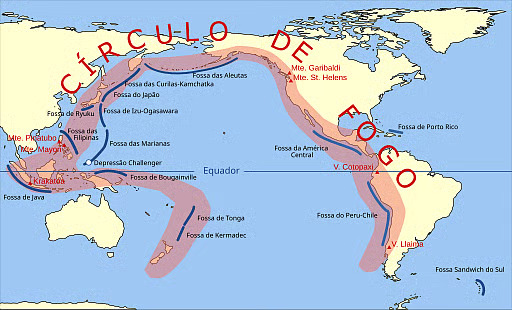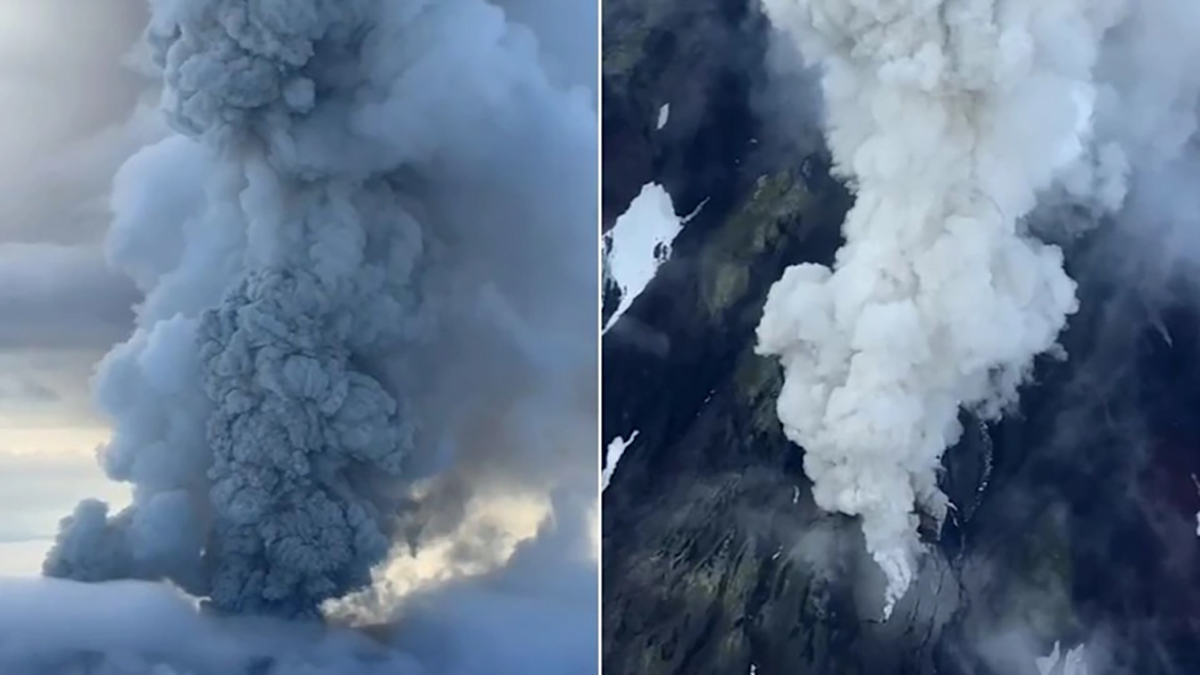In the remote, frozen wilderness of Russia’s Kamchatka Peninsula, a geological titan stirred on August 3, 2025. The Krasheninnikov Volcano, dormant for approximately six centuries, violently erupted, a historic Russian volcano eruption, spewing a colossal ash plume 6,000 meters (20,000 feet) into the Arctic sky. This dramatic awakening wasn’t an isolated incident—it came just days after one of the strongest earthquakes ever recorded, an 8.8 magnitude monster that shook the Pacific Ocean floor, triggering tsunami alerts from Japan to Chile. The proximity of these events has scientists urgently exploring a profound question: Did the earthquake crack open Earth’s crust, awakening a volcano silent since the Middle Ages?
Timeline of Turmoil: Earthquakes and Eruptions Unfold
- July 30, 2025: An 8.8 magnitude earthquake rocks Russia’s Far East near the Kamchatka Peninsula. One of the top 10 strongest quakes ever recorded, it generates tsunami waves that flood the port of Severo-Kurilsk and prompt evacuations across the Pacific, from Hawaii to French Polynesia.
- Hours Later: Klyuchevskoy Volcano—Kamchatka’s most active giant—erupts. Lava streams down its slopes, a familiar sight given its 18+ eruptions since 2000.
- August 2-3, 2025: After 600 years of silence, Krasheninnikov Volcano explodes. Its ash column punches through the atmosphere, visible for hundreds of kilometers. Simultaneously, a potent 7.0 magnitude aftershock hits the Kuril Islands, briefly triggering new tsunami warnings for Kamchatka’s coast.
- Ongoing Activity: Over 90 aftershocks (magnitude 4.0–6.7) continue rattling the region as scientists monitor Krasheninnikov’s “moderate explosive activity” and lava flows stretching 2.7 kilometers down its slopes.
The Earthquake-Volcano Connection: Science or Coincidence?
According to Olga Girina, head of the Kamchatka Volcanic Eruption Response Team (KVERT), the timing strongly suggests a link: “This is the first historically confirmed eruption of Krasheninnikov in 600 years… it may be connected to the earthquake.” But how?
- Seismic Triggering Theory: Massive quakes can destabilize magma chambers by fracturing rock, altering pressure, or mobilizing fluids. Kamchatka sits atop the Pacific Ring of Fire, where tectonic plates collide, creating a “pressure cooker” of 300 volcanoes (29 active).
- Expert Insight: Cambridge volcanologist Clive Oppenheimer notes, “Very large earthquakes might trigger eruptions within hundreds of kilometers… The seismic disturbance experienced by subterranean magma can bring eruption dates forward.”

Inside the Eruption: What We Know
- Historic Silence: Prior to this, Krasheninnikov’s last confirmed activity was around 1463 AD (±40 years)—a time when Constantinople fell and the printing press was invented.
- Scale & Impact:
- Ash plume height: 6,000 meters (double the volcano’s 1,856-meter summit)
- Ash direction: Drifting eastward over the Pacific, avoiding populated areas
- Aviation alert: Code Orange issued, warning of aircraft engine damage risk
- Human & Environmental Risk: Minimal. Kronotsky Nature Reserve staff were evacuated, but no towns or infrastructure are threatened. The lava flows through barren “volcanic wasteland.”
Why Kamchatka? The Land of Fire and Ice
Kamchatka is a geologist’s wonderland: a 1,250-kilometer peninsula where the Pacific Plate dives beneath the Okhotsk Plate. This subduction zone fuels:
- 29 active volcanoes, including Eurasia’s tallest (Klyuchevskoy)
- Frequent 7.0+ earthquakes
- Geysers, hot springs, and mineral-rich soils
Despite its volatility, the region sustains unique ecosystems, including brown bears and migratory birds, thriving amid the geothermal heat.
What Happens Next? Monitoring the Unpredictable
Russian scientists are on high alert, tracking:
- Aftershock sequences: Expected for weeks after the 8.8 quake.
- Volcanic activity: Both Krasheninnikov and Klyuchevskoy could see renewed explosions.
- Tsunami risks: Coastal communities remain on alert despite lifted warnings.
As acting Kronotsky Reserve director Vsevolod Yakovlev states, “This eruption is fascinating but not unexpected… It’s one of eight active volcanoes here.”
The Bigger Picture: Nature’s Power Versus Human Influence
While dramatic, this eruption pales against human-driven climate change. Contrast it with Indonesia’s recent Mt. Laki Laki eruption: volcanoes emit ~0.26 gigatons of CO₂ yearly—less than 1% of human emissions (40 gigatons/year). Unlike industrial greenhouse gases, eruptions often cool climates via sulfur aerosols (e.g., Mt. Pinatubo, 1991) [NASA Climate]
Conclusion: A Reminder from Earth’s Depths
The awakening of Krasheninnikov is a stark testament to our planet’s dynamic power. For scientists, it offers invaluable data on seismic-volcanic links. For the world, it underscores the need for robust early-warning systems in the Ring of Fire. As monitoring continues, one truth resonates: in Kamchatka, the ground beneath our feet is very much alive.

